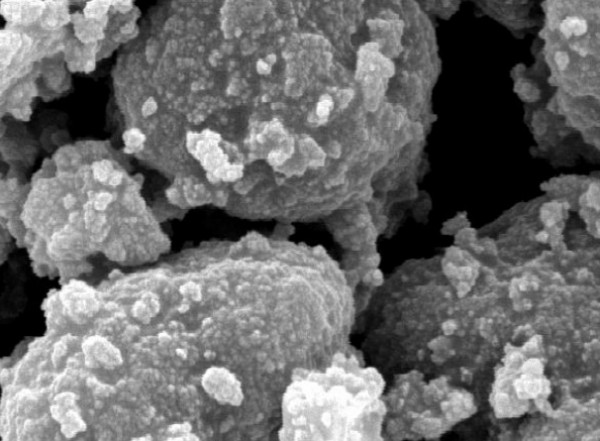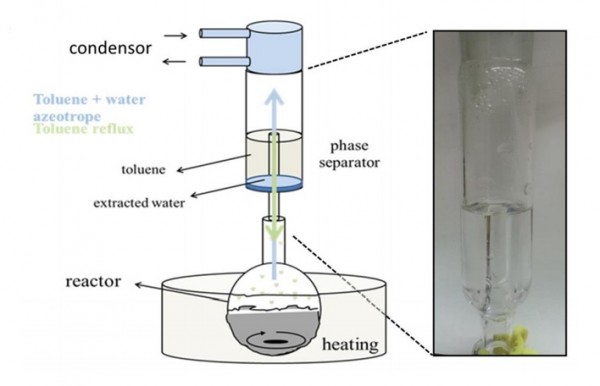Speaking of 3D printing material PLA, I believe we are not unfamiliar, PLA (polylactic acid) should be one of the most popular 3D printing consumables, especially its halo with biodegradable bioplastics on top, especially with many Eco-conscious 3D printing enthusiasts are favored. Of course, PLA material itself also has many advantages: it has small warpage, can achieve faster 3D printing speed, lower layer height and so on. What are the disadvantages of PLA? In fact, this is really a very good material, in addition to being relatively crisp, slightly less moisture-absorbing and heat-resistant, as well as higher production costs, it really can not think of what it has more serious defects. Today, PLA's defects in production costs are about to change. Researchers at the Center for Surface Chemistry and Catalysis at the University of Leuven say they have found a simpler, cheaper way to make PLA without producing waste. There is no doubt that this is a good news for all applications of PLA including 3D printing. It is understood that traditional PLA production methods not only lead to higher costs due to complicated steps, but also generate a lot of waste. This time, the researchers discovered that a new chemical process that can be manipulated by zeolite minerals can completely solve this problem. “We used to send lactic acid into the reactor first and convert it into a premold under vacuum and high temperature conditions,†explains Professor Bert Sels. “This is an expensive process. Preplasticizing is a low-quality plastic. Then decompose the material that can be used to make PLA. In other words, you have to produce inferior plastic and then refine it into a high-quality plastic. And, even if polylactic acid is considered a green plastic, but in production The various intermediate steps in the process still require metal and waste." Researchers have just published a study titled "Shape-selective Zeolite Catalysis for Bioplastics Production" in Science, a top-ranked bioscientific magazine. The paper was written by Michiel Dusselier, Pieter Van Wouwe, Annelies Dewaele, Pierre A. Jacobs and Bert F. Sels. "We used the petrochemical concept on Biomass," said postdoctoral researcher Michiel Dusselier. “We use zeolite as a catalyst to accelerate and guide the chemical process in the reactor. Zeolite is a porous mineral. By choosing a specific pore shape, we can directly convert lactic acid into a material for building PLA. Traditional technology Our new method has several advantages: We can produce more polylactic acid without using metal, and it is less wasteful. In addition, the production process is cheaper because we can skip one step." “This discovered technology patent has been sold to a chemical company, and the company is preparing to quickly apply the process to large-scale industrial production.†Prof. Sels. declared, “Of course, PLA will never completely replace petroleum-based plastics. Some items, such as toilet drains, do not need to have biodegradable properties. However, PLA materials are now cheaper and more environmentally friendly. Our approach is a good example of a combination of chemical industry and biotechnology." For many industries, PLA does not replace petrochemicals. But in the 3D printing industry, some people believe that this new process, which is cheaper and cleaner in the manufacturing process, can change the game rules in the industry. Biological Microscope ,Inverted Biological Microscope,Ibiology Microscopy,Discovery Biological Microscope Ningbo Beilun Kalinu Optoelectronic Technology Co.,Ltd , https://www.kalinueot.com

Accelerating PLA-produced zeolites with catalysts 